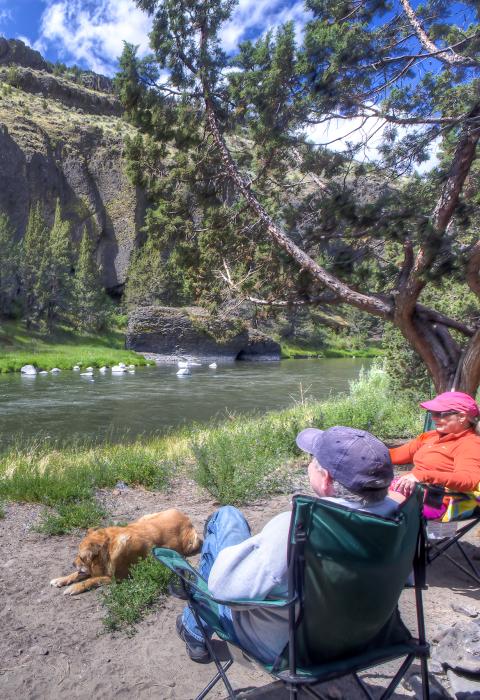Given the scale of life in the cosmos, one human life is no more than a tiny blip. Each one of us is a just visitor to this planet, a guest, who will only stay for a limited time. What greater folly could there be than to spend this short time alone, unhappy, or in conflict with our companions? – Dalai Lama
Providing a quality visitor experience while at the same time protecting wild & scenic river values is one of the most difficult challenges facing a river manager.
Here are some resources that may help with planning and addressing visitor use issues:
FRAMEWORKS CROSSWALK
This Resource Crosswalk distills resources for achieving essential components of capacity identification and relationships to other Visitor Use Management (VUM) aspects of river management planning by:
- providing background about the intent of the work of two interagency councils to address capacities;
- clarifying the lexicon of key definitions surrounding capacities;
- synthesizing existing information developed through interagency cooperation and vetted by DOI and DOA solicitors; and
- demonstrating complementary resources for phases of planning that represent recommendations and best practices for all federal land and water managing agencies, regardless of the setting or designation, or need for a capacity.
Visitor Use Management Resources Crosswalk: Comparing Visitor Use and Wild and Scenic Strategies
ALLOCATING RECREATION WITH FAIRNESS
This guidebook aims to help recreation managers think through the nuances of distributing recreation opportunities with fairness and equity in the forefront and provide a recommended framework for allocation design in a river context.
Allocating Recreation with Fairness at the Forefront
RELATED RESOURCES FROM THE INTERAGENCY VISITOR USE MANAGEMENT COUNCIL
ADDITIONAL INTERAGENCY WSR COUNCIL RESOURCE
Steps to Address User Capacities for Wild and Scenic Rivers – Every river management plan is required to address user capacities. This paper explains how to determine those capacities.

